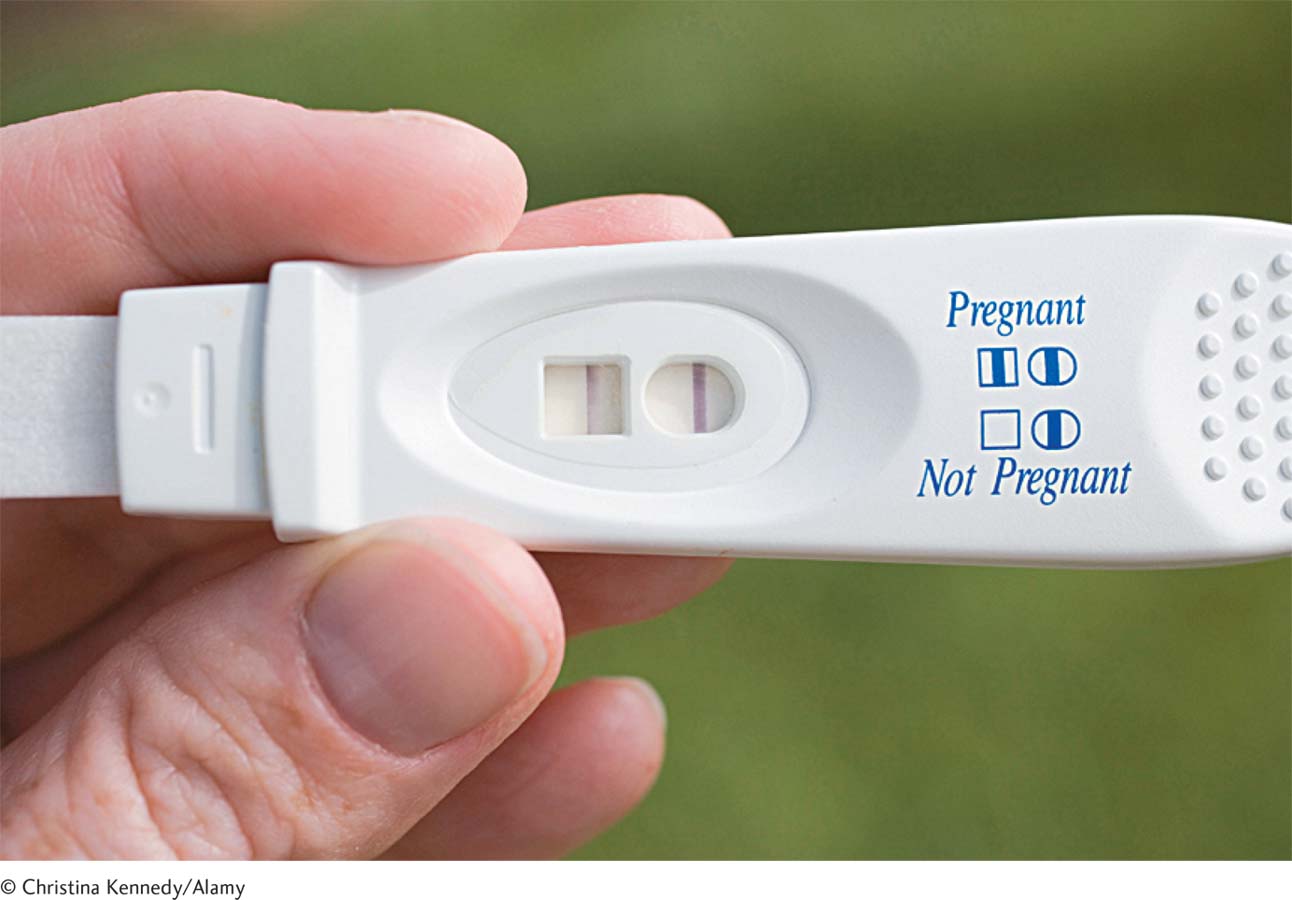Type I and Type II Errors
Wrong decisions can be the result of unrepresentative samples. However, even when sampling has been properly conducted, there are still two ways to make a wrong decision: 1) We can reject the null hypothesis when we should not have rejected it, or 2) we can fail to reject the null hypothesis when we should have rejected it. So let’s consider the two types of errors using statistical language.
Type I Errors
A Type I error involves rejecting the null hypothesis when the null hypothesis is correct.

If we reject the null hypothesis, but it was a mistake to do so, then we have made a Type I error. Specifically, we commit a Type I error when we reject the null hypothesis but the null hypothesis is correct. A Type I error is like a false positive in a medical test. For example, if a woman believes she might be pregnant, then she might buy a home pregnancy test. In this case, the null hypothesis would be that she is not pregnant, and the research hypothesis would be that she is pregnant. If the test is positive, the woman rejects the null hypothesis—
A Type I error indicates that we rejected the null hypothesis falsely. As you might imagine, the rejection of the null hypothesis typically leads to action, at least until we discover that it is an error. For example, the woman with a false-
Type II Errors
A Type II error involves failing to reject the null hypothesis when the null hypothesis is false.
MASTERING THE CONCEPT
5-
If we fail to reject the null hypothesis but it was a mistake to fail to do so, then we have made a Type II error. Specifically, we commit a Type II error when we fail to reject the null hypothesis but the null hypothesis is false. A Type II error is like a false negative in medical testing. In the pregnancy example earlier, the woman might get a negative result on the test and fail to reject the null hypothesis, the one that says she’s not pregnant. In this case, she would conclude that she’s not pregnant when she really is. A false negative is equivalent to a Type II error.
We commit a Type II error when we incorrectly fail to reject the null hypothesis. A failure to reject the null hypothesis typically results in a failure to take action—
CHECK YOUR LEARNING
| Reviewing the Concepts |
|
|
| Clarifying the Concepts | 5- |
Explain how Type I and Type II errors both relate to the null hypothesis. |
| Calculating the Statistics | 5- |
If 7 out of every 280 people in prison are innocent, what is the rate of Type I errors? |
| 5- |
If the court system fails to convict 11 out of every 35 guilty people, what is the rate of Type II errors? | |
| Applying the Concepts | 5- |
Researchers conduct a study on perception by having participants throw a ball at a target first while wearing virtual-
|
Solutions to these Check Your Learning questions can be found in Appendix D.